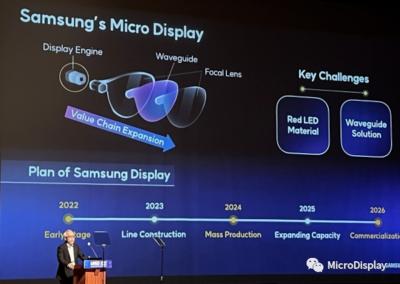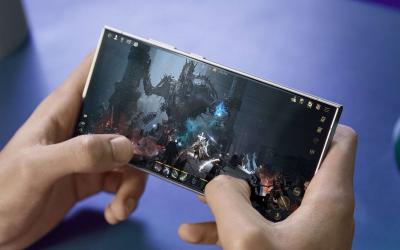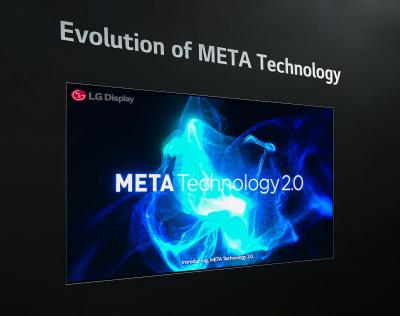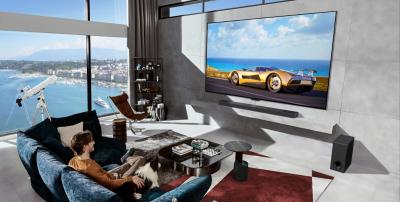Sony launches a new 10,000 nits 0.44-inch FHD OLED microdisplay - the world's brightest and with the smallest pixels
Sony announced a new OLED Microdisplay, the ECX350F, a 0.44" 120Hz 1920x1080 (FHD) microdisplay that offers the world's highest brightness at 10,000 nits. It also offers the world's smallest pixel size at 5.1 um (the PPI is around 5,000).
Sony says that in order to reach this high brightness, it adopted a new OLED stack structure, a new "semiconductor process" and added a microlens array on top of the display. In addition, the bezel size of the new display is exceptionally small, with only 1.14 mm of added bezel on the long side of the display on both top and bottom.








